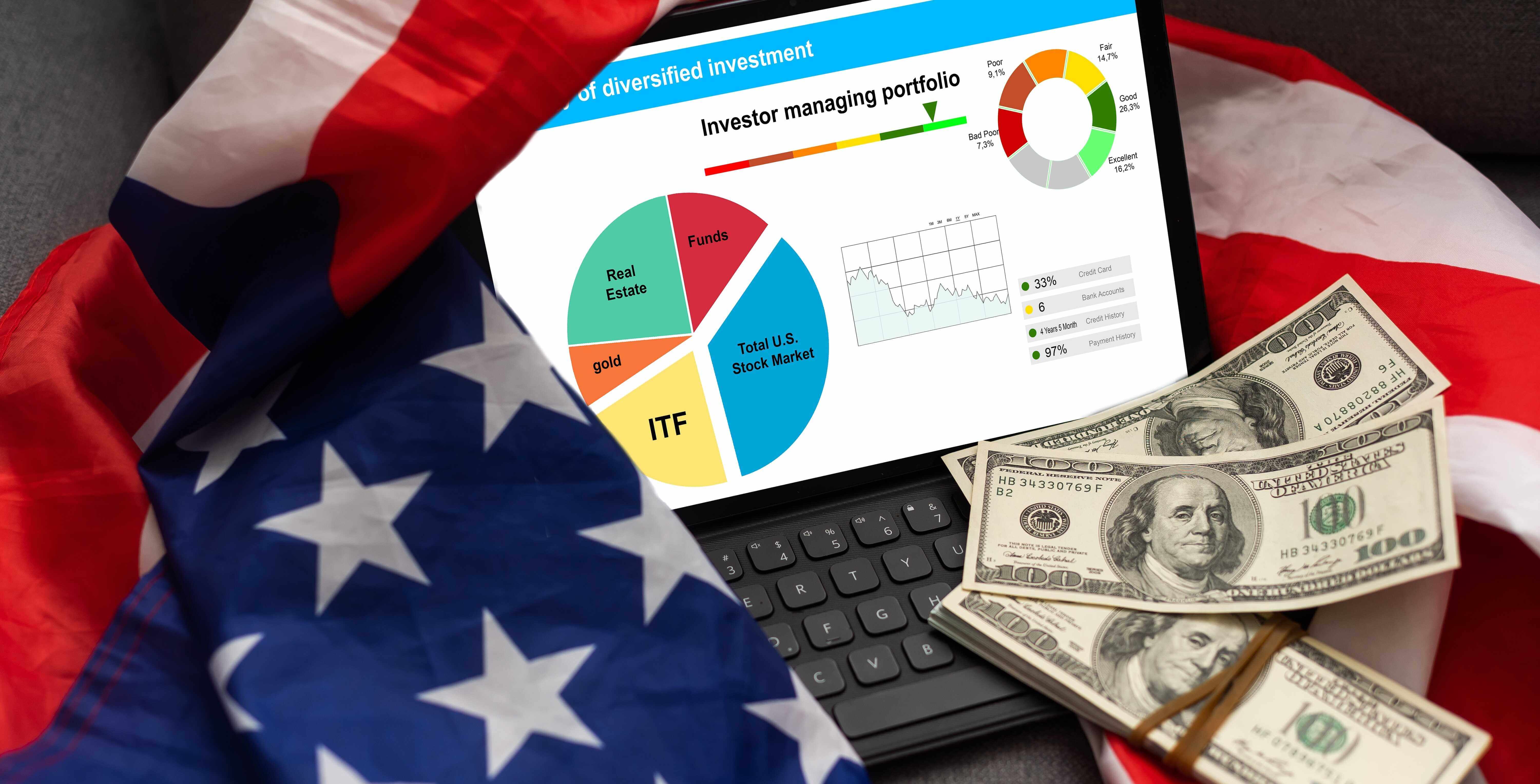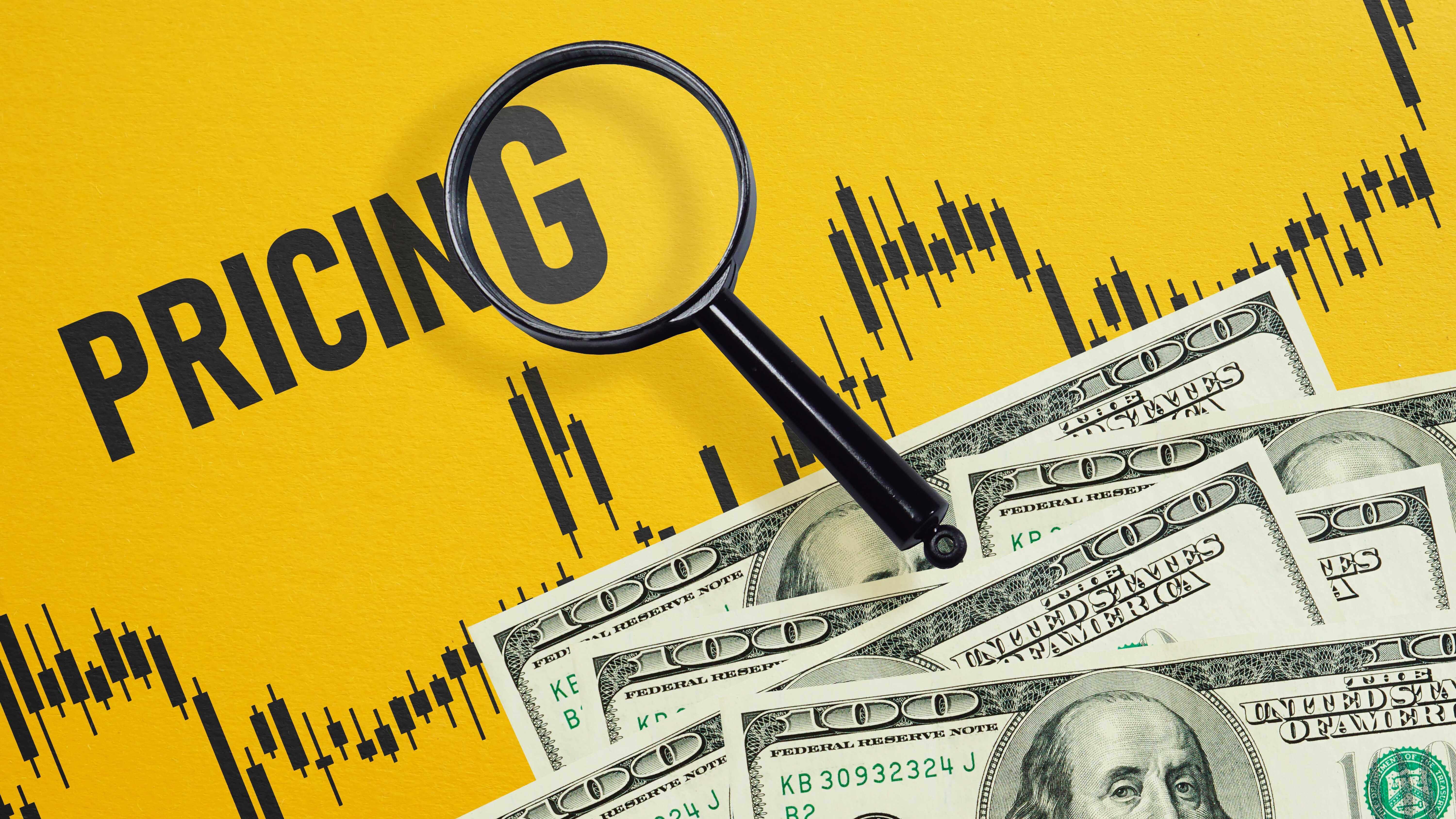Low-income Retirees Leave $30 Billion In Government Aid On The Table Each Year. Here's How To Get Your Piece

Roughly four in five households with older adults are struggling financially, according to the National Council on Aging (NCOA). Longer life expectancies, coupled with a lack of personal savings and Social Security benefits that continue to lose buying power, have left many concerned that they'll outlive their savings.
This could force some to take on debt or rely upon their children for support in their old age. But there might be another option: government aid. Not all seniors qualify for assistance. It depends on their income and other factors. One recent NCOA report suggests that these programs could save some families thousands of dollars per year, yet they go vastly underutilized.
Where to invest $1,000 right now? Our analyst team just revealed what they believe are the 10 best stocks to buy right now. See the 10 stocks »
Image source: Getty Images.
$30 billion goes unused every year
The NCOA report revealed that low-income seniors leave approximately $30 billion in government aid on the table every year, largely because they don't know the programs exist or are unsure how to apply to them. Some of the most common programs are:
- Medicare Extra Help: This helps low-income seniors pay for their prescription drug costs. The NCOA survey valued the benefit at $4,900 per year.
- Medicare Savings Programs: These help Medicare beneficiaries pay associated costs, like premiums, copays, and deductibles. This can save seniors upwards of $1,600 per year.
- Medicaid: This helps adults with disabilities as well as low-income seniors. It's another useful aid when it comes to paying for retirement healthcare expenses.
- Supplemental Nutrition Assistance Program (SNAP): This enables low-income families to purchase food at participating grocery stores. The average senior on SNAP receives $1,400 per year in benefits, according to NCOA.
- Low-Income Home Energy Assistance Program (LIHEAP): This helps low-income households pay for their heating and cooling costs. It saves them an average of $250 per year.
- Supplemental Security Income (SSI): The Social Security Administration pays these benefits to low-income seniors monthly. The maximum federal benefit is $967 per month for an individual or $1,450 per month for a couple. Some states add their own supplement to the federal benefit.
You may qualify for some or all of these programs, and there might be other state or local programs you could benefit from as well.
How to apply for government aid
The federal government has a website that can help you learn about the available benefit programs. It's broken down by the type of assistance you require, so you can navigate to the type of aid you need. There, you can find information about the programs' eligibility requirements and how to apply.
You can also try contacting your state social services department to learn what you need to do to qualify for benefits. Some of the programs listed above, like LIHEAP and SNAP, are administered at the state level, so you must apply through your state agency.
You usually have to recertify your eligibility for these programs at least annually. This might involve providing updated information about your income and assets, so be prepared for that.
Finally, keep an eye out for changes to any government aid programs you're enrolled in. The program should notify you about these changes in advance so you have time to prepare. If eligibility requirements become more strict, you may need to fall back on other income sources, like personal savings or a job. If requirements become easier to meet or your financial situation changes, it's possible that you could become eligible for more benefits in the future.
The $22,924 Social Security bonus most retirees completely overlook
If you're like most Americans, you're a few years (or more) behind on your retirement savings. But a handful of little-known "Social Security secrets" could help ensure a boost in your retirement income. For example: one easy trick could pay you as much as $22,924 more... each year! Once you learn how to maximize your Social Security benefits, we think you could retire confidently with the peace of mind we're all after. Simply click here to discover how to learn more about these strategies.
View the "Social Security secrets" »
The Motley Fool has a disclosure policy.

